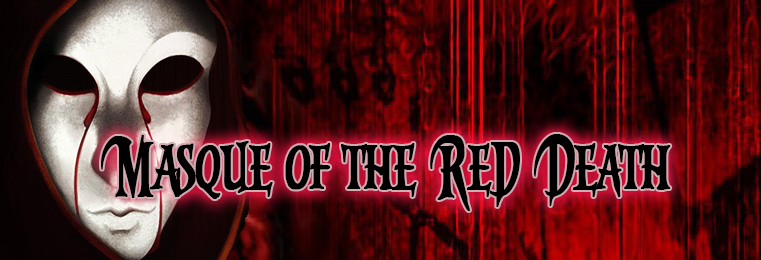What do you think?
Rate this book


129 pages, Paperback
First published May 1, 1842







A deadly plague is ravaging the land, and the unfeeling Prince shuts himself up in his castle with about a thousand of his partying friends.But the setting - whew! If you like creepy Gothic and grotesque Baroque, you really need to give this a read. The seven rooms, with their different color schemes and the disturbing black and red room at the end, the strange ebony clock, the bizarre masqueraders...


And now was acknowledged the presence of Red Death. He had come like a thief in the night. And one by one dropped the revellers in the blood-bedewed halls of their revel, and died each in his despairing posture of his fall. And the life of the ebony clock went out with that of the last of the gay. And the flames of the tripods expired. And Darkness and Decay and the Red Death held illimitable dominion over all.



